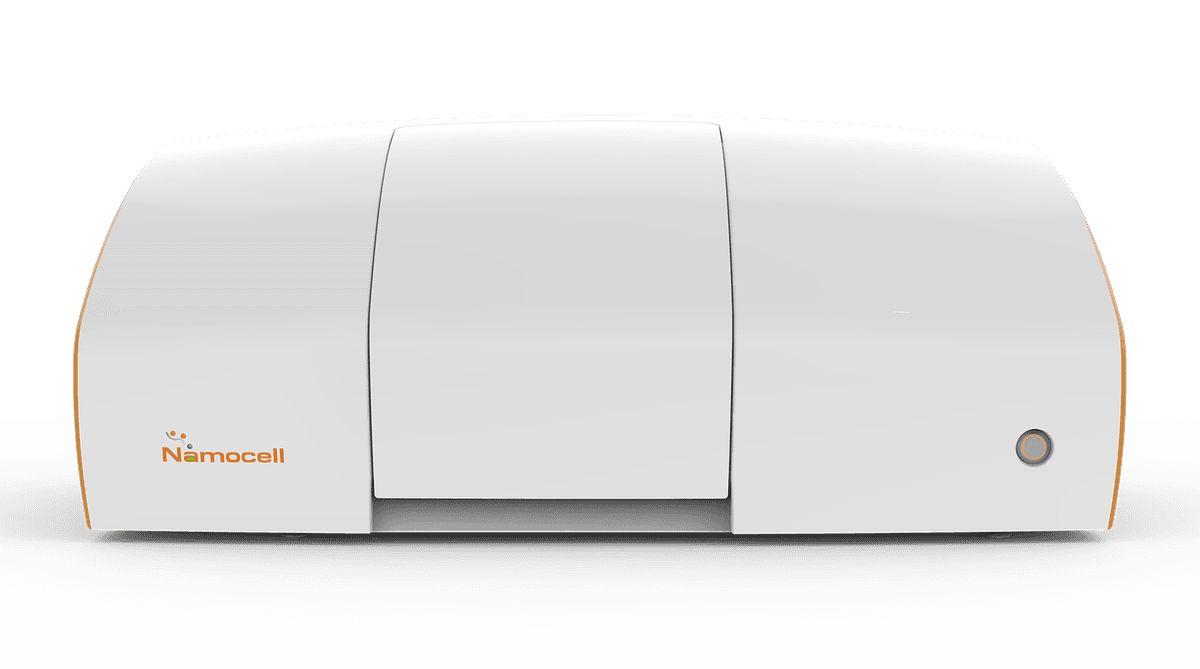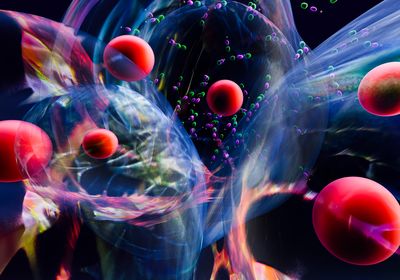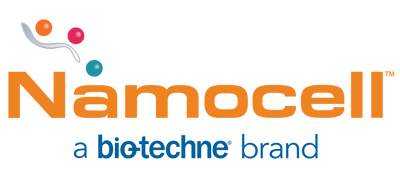Explore Life in the Fast Lane with Single Cell Dispensing
Benchtop analytics get a boost from automated single cell dispensing technology that combines microfluidics, flow cytometry, and liquid dispensing.
Single cell sorting and isolation are fundamental techniques for analyzing cells. The downstream applications are almost endless and include diverse research fields such as cell engineering, cell line development, synthetic biology, rare cell isolation, monoclonal antibody development, and single cell genomics. Traditionally, scientists use methods such as fluorescence activated cell sorting (FACS) or limiting dilution assays to sort and isolate single cells for further investigation. Although these approaches are widely used and effective, they involve multiple steps, are time consuming, and yield a limited number of viable cells.

For example, the high pressure required to sort cells using FACS instruments causes stress to cells, altering key molecular pathways and diminishing their viability.1,2 Moreover, this approach has multiple manual steps that increase the risk of cell contamination and device challenges such as blockages. In contrast, limiting dilution assays offer scientists a gentler approach to single cell sorting and isolation, but the process is long, labor intensive, and less efficient. As a result, researchers seek new approaches to streamline single cell dispensing workflows and improve the reliability and reproducibility of scientific data.
Innovative technologies pave the way for cell sorting solutions that recognize the limitations of traditional techniques. For example, the NamocellTM Pala Single Cell Dispenser combines cutting-edge microfluidics, flow cytometry, and liquid dispensing technologies for automated, high-throughput single cell sorting and isolation. This benchtop single cell dispenser is faster, easier, and gentler than conventional cell sorting techniques, allowing scientists to preserve cell viability, increase productivity, and decrease contamination and clogging. New technologies such as this are designed to be affordable, maintenance-free, FDA-compliant, and intuitive, allowing researchers to reallocate valuable resources and streamline cell analysis workflows.
Read more about automated single cell dispensing here.
References
- Chen Y, et al. Nat Methods. 2021;18(5):528-541
- Ryan K, et al. Cytometry A. 2021;99(9):921-929


